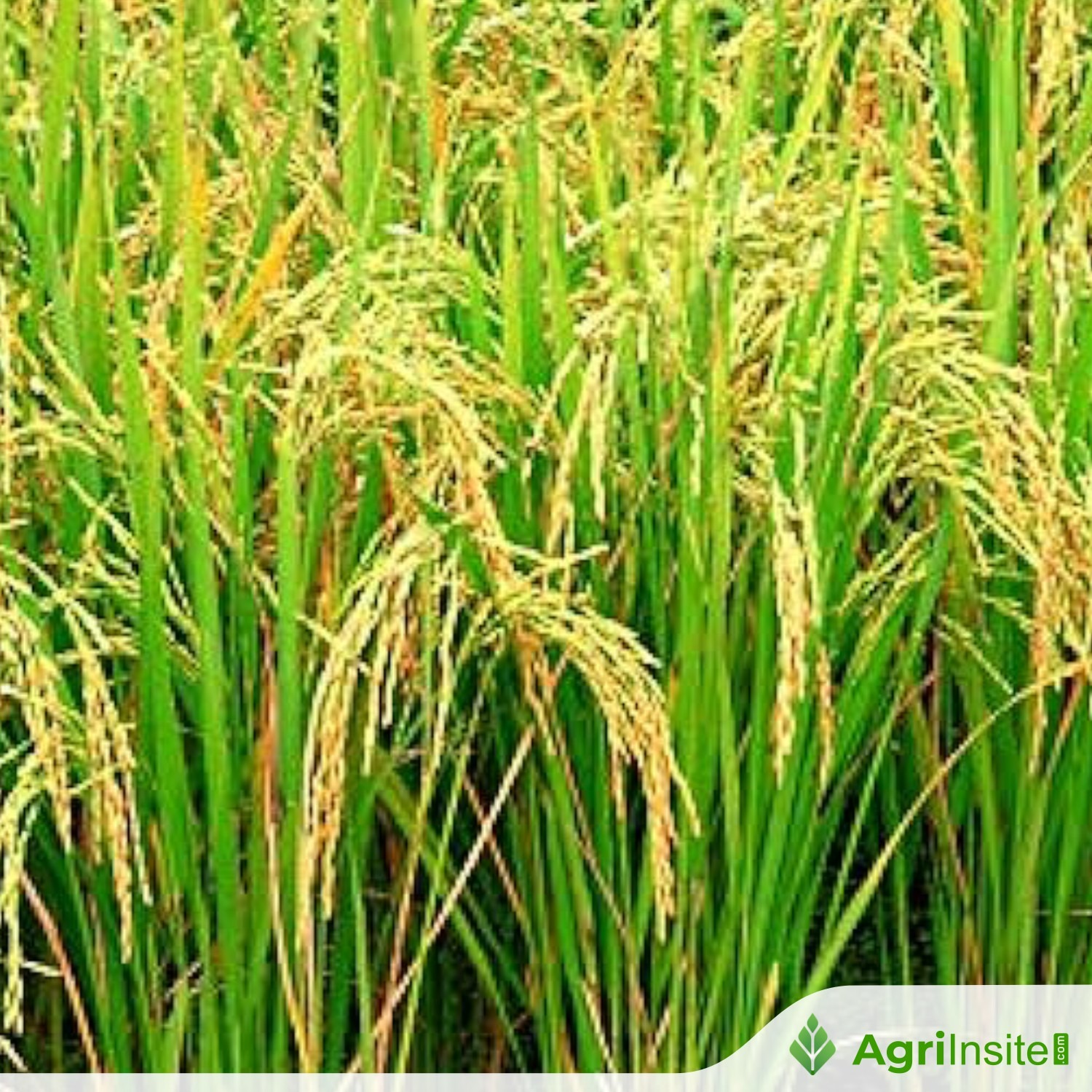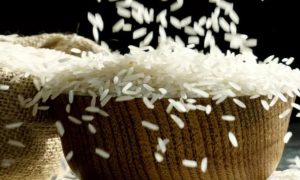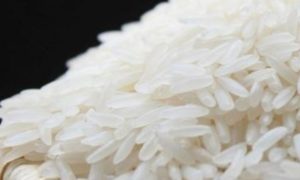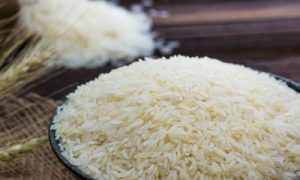Thai rice struggles as baht rises, India resumes exports

India’s return to the rice export market on September 28 has severely impacted Thai rice exporters, as highlighted by the Thai Rice Exporters Association (TREA). The strengthening of the Thai baht and the influx of Indian rice have led to a sharp decline in Thai rice prices. Increased competition from Vietnam, Pakistan, and other countries with lower costs has further strained Thailand’s exports, which are projected to decrease significantly in 2025.
BANGKOK – India’s resumption of rice exports on September 28 has hit Thai exporters hard, according to the Thai Rice Exporters Association (TREA).
TREA president Chookiat Ophaswongse said India’s return to the market, combined with the Thai currency reaching a 30-month high of 32.37 per US dollar on September 30, has hurt the competitiveness of Thai rice exporters, cutting their revenues by 3-4 baht per dollar.
The wholesale price of Thai white rice (5%) has dropped sharply from 22 baht per kilo (22,000 baht per ton) at the start of the year to 16-16.5 baht per kilo (16,000-16,500 baht per ton).
The price drop has also affected Thai paddy rice (25% moisture), with farm gate prices falling from 10,000 baht per ton during India’s export ban to just 8,000-9,000 baht as of September 30.
The falling prices of Thai rice are expected to decline further as Thai exporters seek to remain competitive amid the influx of Indian white rice following the year-long export halt.
In addition to India, Thailand is facing stiff competition from Vietnam, Pakistan, Myanmar, and Cambodia, whose lower production prices, higher yields, and weaker currencies give them a pricing advantage.
“Global trade in rice is likely to be subdued in the first week or two after India resumed exports, with buyers taking a wait-and-see approach to assess price trends,” Chookiat said. He also noted that global rice production is forecast to rise next year, driven by increased rainfall from La Niña.
The increase in production is expected to see rice-importing countries reduce imports. The US Department of Agriculture predicts that Indonesia will cut annual imports from 4 million tons to just 1.5 million tons next year.
These negative factors are projected to drive down Thai rice exports from 8.5-8.7 million tons this year to around 6 million tons in 2025. Meanwhile, India, the world’s No 1 rice exporter, is expected to export 18-19 million tons this year and even more in 2025.
Vietnam is also poised to overtake Thailand as the world’s second-largest rice exporter as it shifts its export strategy to premium rice, including fragrant and soft varieties that fetch higher prices.
Chookiat called on the government to boost the long-term competitiveness of Thai rice by urgently introducing reforms to reduce costs, increase yields, and enhance research and development to add value.
To read more about the news about the Rice News continue reading Agriinsite.com
Source Link : https://asianews.network/thai-rice-struggles-as-baht-rises-india-resumes-exports/














